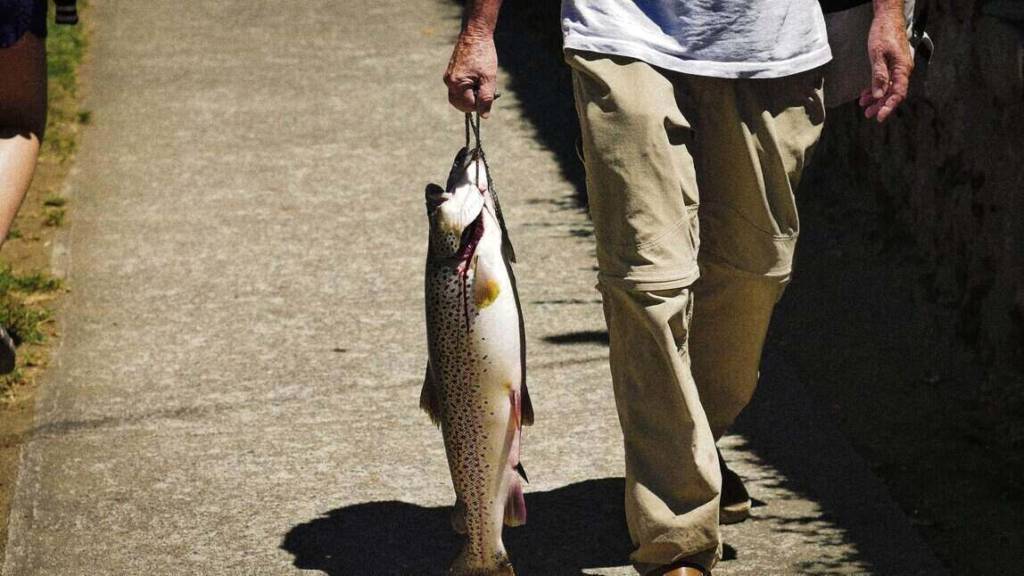2021 may be a little different from previous years when it comes to catching stocked trout. With public health guidelines changing every day, it is hard to tell how long anglers can enjoy the trout season in peace before things start closing again.
So, what can you do at this time? Brush up on your angling skills, of course. What bait works best for stocked trout? Which line should you use to catch stocked trout? Where can you find the most stocked trout? These are all questions you should find answers to make the most of your fishing trips.
However, before we dive into our seven best techniques to catch stocked trout, let’s talk a little bit about what stocked trout are and what they do.
So, are you ready to know all about stocked trout? Let’s dive in.
Everything There Is To Know About Stocked Trout
Government authorities stock trout every year at scheduled times so that when trout season starts, anglers can fish in well-populated lakes. One of the most popular stocked fish is the trout.
Stocked trout are grown in hatcheries to be released into fisheries and lakes across the country a few weeks before trout season officially starts. Their characteristics are different from those of the wild trout.
But how are they different? Let’s find out.
Eating habits:
Biologists develop stocked trout in hatcheries. After evaluation, the trout that is most resistant to disease while also having the most rapid growth is chosen by the incubator as the species of trout to be stocked in local bodies of water.
Stocked trout have rapid growth because they are aggressive feeders. This quality also makes them a good fish to catch as this feeding habit makes them more likely to bite on bait than other fish.
Commonly Stocked Trout:
The most common stocked trout is the Rainbow Trout. It is brilliantly colored and grows to rather large sizes. Anglers love catching this fish as it presents an exciting challenge.
However, some fisheries also stock Brown or Brook Trout.
Spawning:
Wild trout typically move upstream to spawn. The wild trout’s artificial variants, the stocked trout, mimic that behavior. However, since hatcheries usually stock trout in closed-off bodies of water such as lakes or ponds, there is no place for the stocked trout to go for spawning.
This situation usually leads stocked trout to spawn rarely.
Well, these are the basics of stocked trout. Now, let’s dive into the techniques you can use to catch stocked trout.
The Best Techniques To Catch Stocked Trout
If you’re here, it means that you’ve tried catching stocked trout and haven’t been as successful as you thought you would be. That’s okay because even experienced anglers use some tricks to get the season’s biggest catches.
Before you set out to catch any fish, it is important to understand its behavior. Not only that, its feeding habits, reproductive patterns, and physical characteristics are all things that will help you catch that fish.
So, the first thing an angler needs to be is well-informed on the fish they’re catching. So, let’s break down some simple tips for you to improve your angling game.
Pay Attention To The Line That You’re Using
If you’re using a braided line, chances are you’ll spook the trout. Stocked trout are very suspicious fish and can spot a line easily. Hence, a very visible line will decrease your chances of success at the pond.
Use monofilament or fluorocarbon lines because they are fine lines that will not show up on the trout’s radar. It is important to have a line that blends in well with its surroundings.
So, if you’ve been wondering why your line has been getting no bites, you have your answer.
Fish In Cover
Sometimes, your line doesn’t have bites, even in recently-stocked lakes. Why is that?
It is because, much like their wild cousins, stocked trout also seek cover. Overhead branches, underwater boulders or vegetation, and undercut banks are places where you have a high chance of finding stocked trout.
It takes a little while for this behavior to develop, so you will find trout in open waters in the first few days after stocking.
Stick To One Area
If you’ve caught a trout in one particular area, you’ll find other trout there too. Why is that? Well, stocked trout, once released, tend to move around in schools. So, if you’ve caught trout in one area of the pond, it means that other trout are close by as well.
It’s also important to note that stocked trout generally do not wander very far from the place in which they were released. Most trout stay within 200 yards of the spot at which they were released.

Be Stealthy
If you’re new to angling, chances are you’ve stamped around on the bank and frustrated other anglers there. That is because trout fishing requires you to be stealthy. If you think stocked trout are easier to catch than wild trout, you’re quite wrong.
Within the first few days of the stocking, stocked trout may be easy to catch. However, as the days go by and the fish encounter various situations, they learn to distinguish danger from safety.
So, if you’re casting a shadow over the water or being noisy when casting the line, it’s unlikely that you’ll catch any trout there.
Choose Your Bait Wisely
We cannot stress this enough but choose your bait wisely. If you’re using bait that the trout don’t usually respond to, you’re not going to have any success out on the water.
So, which baits do we think work best with stocked trout? Let’s see.
Salmon eggs as bait for trout fishing are very effective. However, if you don’t have those available at your tackle shop, try using power baits. These two are the most common trout fishing baits.
However, if neither of those two is available, you can also use crankbaits, spinners, corn, and swimbaits.
Choose Your Hook Wisely
This advice isn’t said enough, but we think to hook size matters a lot when fishing for stocked trout.
Trout generally have small mouths that can’t possibly bite a large hook. Good anglers also know that trout have sharp eyesight that can spot large hooks easily.
So, what we usually advise anglers to do is — use smaller hooks. This step will not only allow you to get more bites but also not spook the stocked trout.
Spot The Fish Feeders
Not all places have them, but if you see a fish feeder, cast your line there. The stocked trout will be used to feeding there and will not think of your bait as suspicious at all.
All of these pointers show that catching stocked trout is all about understanding the habits of the stocked trout and finding ways to use them to your advantage.
Conclusion
We always tell people that angling is a science. You can’t become a good angler before learning everything there is to know about the particular fish first. It also helps now and then brush up on some tips and tricks to make the most of your fishing trips.
So, if you’re planning some fishing trips this spring, we hope you found these seven techniques to catch stocked trout helpful.





